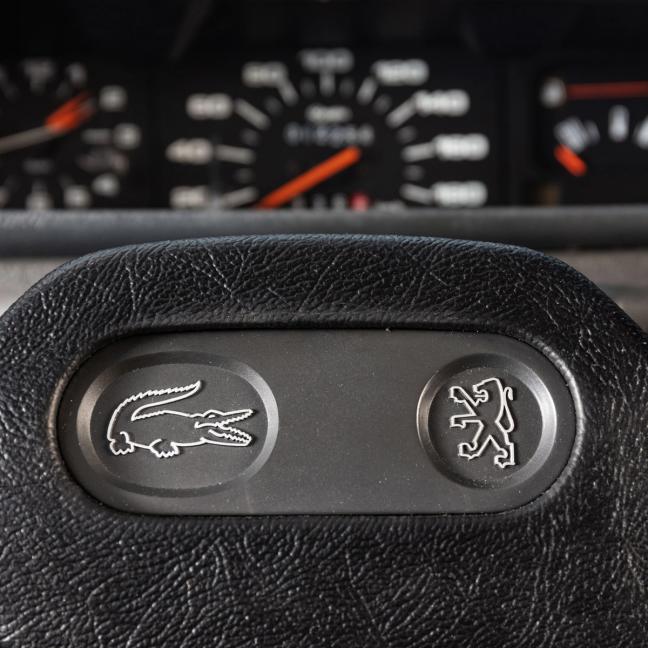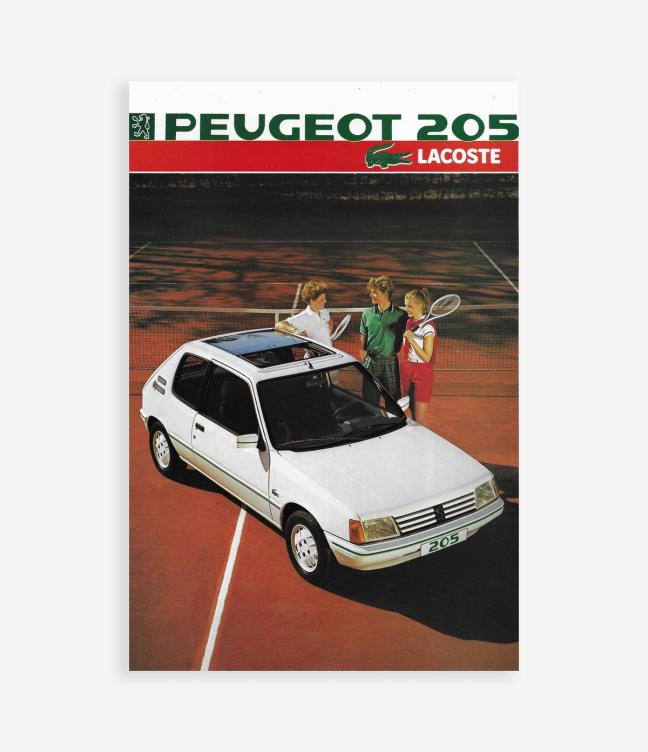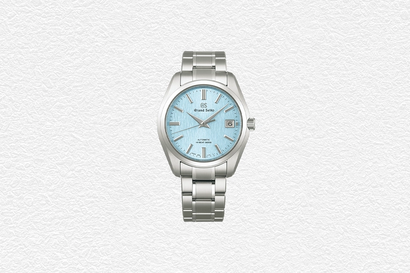In 2021, Peugeot sponsored the French Open for the final time. The carmaker had been the tournament’s title partner for more than three decades – a relationship that began in 1984 – before it finally parked the association. During that period, the French manufacturer launched tens of tennis-tie-in models. In 2011, it was the 308 CC Roland Garros. In 1995, the 306 Roland Garros Cabriolet, in Grand Slam Green. And, earlier in the partnership, 1988’s slick-but-simple 205 Open.
But the first was the best. For Peugeot, in order to inaugurate the sponsorship deal in 1984, brought another of Roland-Garros’s partners into the motoring mix, resulting in the Peugeot 205 Lacoste.

It was a natural fit: a French fashion house helping a French car manufacturer celebrate a French sporting institution. And the 205 was the perfect car for the job. When Peugeot launched its enduring supermini, in 1983, the company was on the verge of bankruptcy – but the little 205 managed to motor the brand back into the black. Yet, Peugeot was apprehensive about sinking too much money into a costly limited-edition, so only planned to build 1,000 Lacoste-branded models.
What did the 205 Lacoste do differently?
Still, the carmaker went all out. With a paint job as pristine as the crispest tennis whites, the 205 Lacoste eschewed aluminium rims for body-colour hubcaps, and even daubed the car’s rear fluted panel in the same court-ready shade of Meije White. The standard side mouldings were replaced with red-and-green decorative pinstripes, and slightly thicker all-green stripes embellished both the bumpers and the wing mirrors.
The front wings and back badging also featured the famous Lacoste crocodile, a logo that was first drawn in 1927, but had been given a major redesign – to more closely resemble the icon we know today – just months before the 1984 tennis tournament took place. Meanwhile, the sunroof overhauled the car’s existing design by almost doubling its dimensions (to 0.3 m²) and creating what the marque called “a new category between the traditional car and the convertible”.
“It is the car of winners,” Peugeot added upon the launch of the 205 Lacoste. “The car that is noticed without being noticed; which remains the true definition of chic and sportiness.”
What did Lacoste bring to this limited-edition 205?



The Lacoste-trimmed interior stands testament to this claim. The seats and door cards were lined with velvet and bore patterns that resembled tennis nets (a similar-but-monochromatic motif could be found on the C-pillar details). The floor was carpeted in a grassy green textile, and the two-spoke steering wheel – covered in leather and borrowed from the 205 GTI – saw Peugeot’s lion and Lacoste’s crocodile sit side by side. Even the gear knob markings were inlaid with a vivid, sport-appropriate green.
The car also featured state-of-the-art electrics, including power windows and central locking (although there was no rev counter in the instrumentation, there was, instead, an analogue clock). The engine itself generated 60hp and, mated to a five-speed synchronised gearbox, delivered a top speed of 155 km/h and could do 100 km/h in 14.8 seconds from a standing start.
How many 205 Lacoste models were built?


In 1984, the 205 Lacoste was only available as a five-door. But, as its popularity grew, Peugeot introduced a three-door version in 1985, also upping production to 8,000 cars. By 1986 – the final year the 205 Lacoste was offered – 15,000 models were rolled off the production line. In total, 24,000 of the cars were built – a large run for a limited-edition, but still under 0.5 per cent of the total 205 model run (5.2 million).
Today, few examples of the 205 Lacoste remain. In fact, there are estimated to be fewer than ten still road-worthy in the UK – one of which, fittingly, resides in Wimbledon. These days, Roland-Garros is sponsored by another French manufacturer, Renault, which itself unveiled a limited-edition 5 E-Tech Roland-Garros earlier this year. But nothing beats the original tennis team-up: a smash-hit from Peugeot and Lacoste on the very first attempt.
- Imagery courtesy of Artcurial Motorcars
Want more stylish motoring collaborations? Here’s why the Cadillac Seville ‘Gucci Edition’ is the most stylish car in history…

Become a Gentleman’s Journal Member?
Like the Gentleman’s Journal? Why not join the Clubhouse, a special kind of private club where members receive offers and experiences from hand-picked, premium brands. You will also receive invites to exclusive events, the quarterly print magazine delivered directly to your door and your own membership card.






